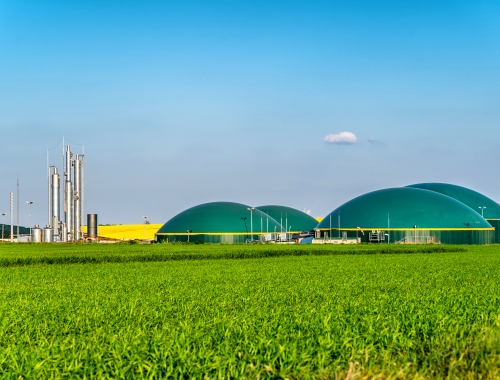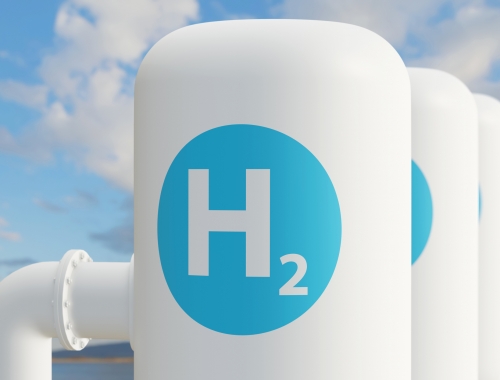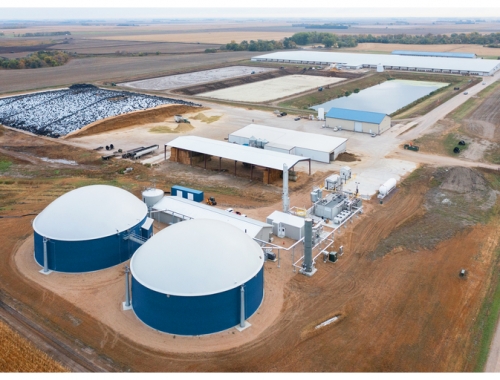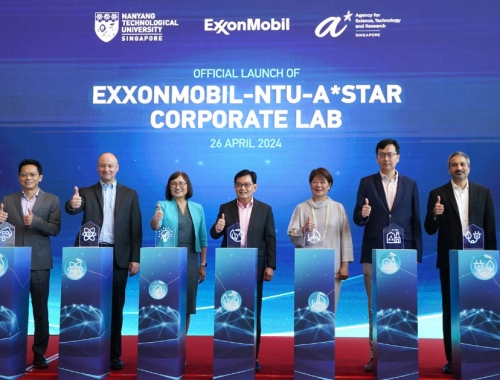Carbon Engineering touts its scalable solution to climate change
SUMMARY
Point source carbon capture will only get you so far, according to Carbon Engineering, while direct air capture can remove legacy emissions already in the atmosphere.
By Joseph MurphyBritish Columbia-based Carbon Engineering believes the technology it has developed provides one of the most scalable solutions to addressing climate change, its CEO Steve Oldham tells Gas Pathways.
Carbon capture utilisation and storage (CCUS) is gaining significant momentum in Europe, North America and elsewhere. But much of the attention has been on point-source carbon capture technology, which prevents emissions from ever escaping into the atmosphere.
But while an invaluable tool for tackling emissions, “point source carbon capture will only get you so far,” Oldham says. “You’ve still got to deal with the CO2 that’s already in the atmosphere.” Direct air capture (DAC), on the other hand, “can remove yesterday’s legacy CO2 that is already in the air, he says.
Established in 2009, Carbon Engineering went on to build its first pilot DAC plant in Squamish, British Columbia in 2015, capable of removing 1 metric tons of CO2 daily. In the years since it has brought on board a number of investors including, from the oil industry, US producers Chevron and Occidental. It expects to bring online its first large-scale plant, with a capacity of 1mn mt/year, in Texas in 2024. It will be the largest of its kind in the world.
In a recent report on carbon abatement, Goldman Sachs described DAC as “the wild card technology that could unlock almost infinitely scalable decarbonisation potential.” Source-point carbon capture may prove critical for decarbonising many industries, but there are limits to where it can be deployed – whether because of technological or other reasons, Oldham says. For example, source-point capture is not a solution for aviation and other areas of transport.
“Stopping all emissions from the source would be an extraordinary challenge. We’re not going to put a capture device on every car, truck, ship and plane,” he says. “The beauty of DAC is that you can eliminate emissions anywhere on the planet.”
There are also geopolitical advantages to DAC, as it can offset the emissions of countries that cannot or will not address their pollution themselves. And of course, it is indiscriminate in capturing both anthropological emissions and excess emissions from natural sources.
“We have to get to net zero, and DAC does not replace point source capture or renewable power, but it is a key part of the equation,” Oldham says.
Carbon Engineering’s DAC technology uses large air contactors modelled off industrial cooling towers to pull in air. The CO2 content of the air is only 400 parts/million or “a drop of ink in a swimming pool,” as Oldham describes it, and therefore there needs to be as much contact between the air and the absorbent as possible. The air is therefore passed over very thin plastic surfaces that have potassium hydroxide solution flowing over them. This solution chemically binds with the CO2 molecules, trapping them in the liquid solution as a carbonate salt. The CO2 contained in this carbonate solution is then put through chemical processes to increase its concentration, purify and compress it, so it can be delivered in gaseous form ready for use or storage.
The plastic surfaces that Carbon Engineering uses are both very cheap and very durable, Oldham says, while the same absorbent solution is reused again and again over the plant’s lifetime. And unlike DAC that relies on a solid absorbent, Carbon Engineering’s aqueous solution does not require there to be a vacuum in order to absorb the CO2.
“From day one, our technology has been designed for large-scale deployment,” the CEO says.
As Goldman Sachs notes, the economics of DAC plus carbon storage are highly uncertain, with most estimates ranging between $40 and as high as $400/mt. This uncertainty is largely because only a handful of pilot plants are currently in operation.
Oldham declines to comment on projected costs at the upcoming Texas plant, but said it would charge customers looking to offset their emissions some $300/mt initially.
“But we anticipate costs to drop in the same fashion as they have with for example the solar industry through greater employment,” Oldham says. “We’re hoping to rapidly deploy more plants and get to a $100/mt price point by the end of the decade.”
The right policy is critical for DAC development, the CEO says. Carbon Engineering chose the US as the site for its first plant thanks to the incentives that are available there. The country’s primary mechanism for encouraging carbon management is the incentive-based 45Q tax credit, awarded to any companies that are either utilising or securely storing CO2. Authroities have recently taken steps to expand and reform the tax credit, although developers say further improvements are needed
Carbon Engineering also started pre-FEED work over the summer with Storegga Geotechnologies on a carbon capture and sequestration project in the UK, which has a national carbon trading system in place. The US does not have a national carbon tax like this, although Oldham believes such a policy is not necessarily needed.
“There are many different policy tools that can help drive this type of work,” Oldham says. “Carbon policy has to be more sophisticated than just a single carbon price.”
Another issue is one of priorities. Governments across the world and countless large companies have announced plans to produce net-zero emissions. They are currently at the early stage of working towards this goal, focusing mainly on easy-to-address emissions. When it comes to tackling harder-to-abate emissions, DAC will be critical, Oldham says.
“The banking community also needs to step up and provide project financing,” the CEO says. “They will do that if they have confidence in the policy and confidence that there is a commercial market for the technology.”
Responding to criticism that DAC and other CCUS technologies lock in fossil fuel use, Oldham says he is an environmentalist, but also a pragmatist.
“I do not see a route to eliminating the use of fossil fuels anytime soon,” he says. “Many people around the world want to increase their standard of living and energy is required for that. If we’re going to continue needing fossil fuels, let’s figure out a way to decarbonise them.








